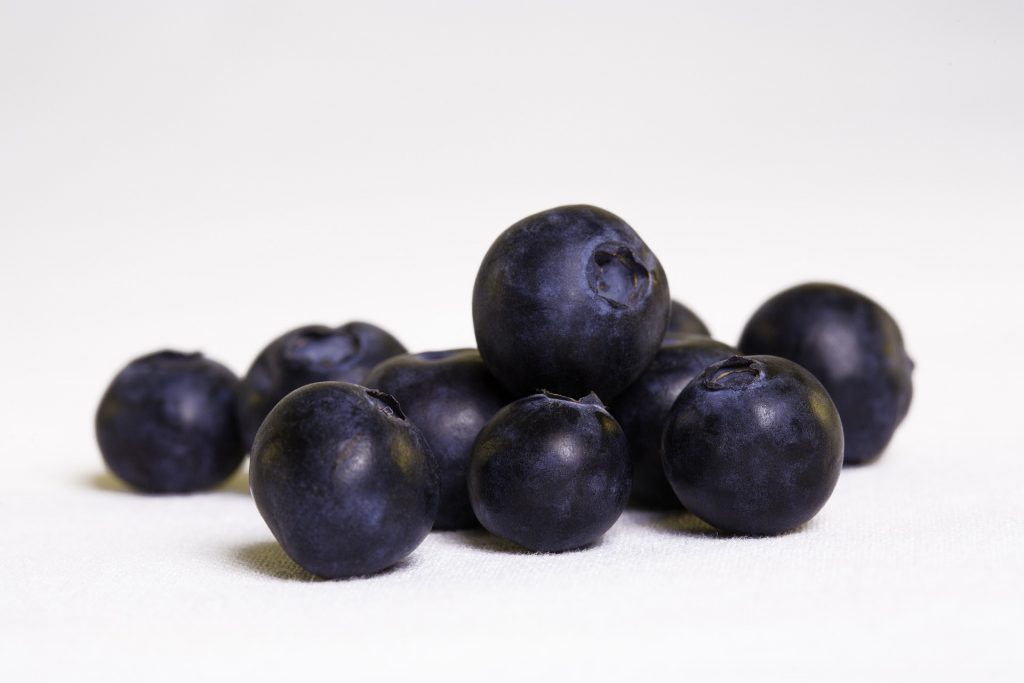 Anthocyanins are phytochemicals belonging to the flavonoid group. There are 17 naturally occuring anthocyanins, but only 6 are commonly found in plants (cyanidin, peonidin, pelargonidin, malvidin, delphinidin, and petunidin). Anthocyanins are red or orange under acidic conditions and blue or purple under alkaline conditions. Anthocyanins are found in nature almost always as glycated compounds, which means they are bonded to sugars, most commonly glucose. The sugars in turn can be acylated to organic acids including caffeic, p-coumaric, ferulic and sinapic acid. The non-bonded aglycone versions of the molecules are only found in very small quantities. The anthocyanin content of plants varies considerably even between plants of the same cultivars, suggesting that growing conditions are a key factor in the accumulation rate of anthocyanins in plants. Anthocyanins have been shown to be beneficial to the health, probably because they act as antioxidants and prevent oxidative stress.
Anthocyanins are phytochemicals belonging to the flavonoid group. There are 17 naturally occuring anthocyanins, but only 6 are commonly found in plants (cyanidin, peonidin, pelargonidin, malvidin, delphinidin, and petunidin). Anthocyanins are red or orange under acidic conditions and blue or purple under alkaline conditions. Anthocyanins are found in nature almost always as glycated compounds, which means they are bonded to sugars, most commonly glucose. The sugars in turn can be acylated to organic acids including caffeic, p-coumaric, ferulic and sinapic acid. The non-bonded aglycone versions of the molecules are only found in very small quantities. The anthocyanin content of plants varies considerably even between plants of the same cultivars, suggesting that growing conditions are a key factor in the accumulation rate of anthocyanins in plants. Anthocyanins have been shown to be beneficial to the health, probably because they act as antioxidants and prevent oxidative stress.

Anthocyanins are found in most plants and in most plant components, including leaves, stems and roots, but are particularly concentrated in the fruits and flowers of certain plants including blackberries, red and black raspberries, blueberries, bilberries, cherries, currants, blood oranges, elderberries, grapes, and vegetables such as: red onion, radish, red cabbage, fennel, red lettuce, eggplant, red-skinned potato and purple sweet potato.
Eat Well, Stay Healthy, Protect Yourself
RdB
